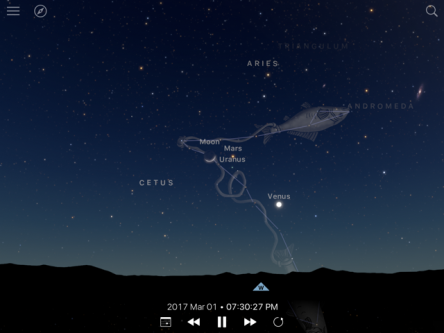 • Mar 1 – Look for the waxing crescent moon in our western sky right after sunset. Just five degrees to the south of the moon you should see the planet Mars. Venus is 15 degrees below the moon and Mars. Uranus is only 2.1 degrees below Mars but you will need a telescope to see it.
• Mar 1 – Look for the waxing crescent moon in our western sky right after sunset. Just five degrees to the south of the moon you should see the planet Mars. Venus is 15 degrees below the moon and Mars. Uranus is only 2.1 degrees below Mars but you will need a telescope to see it.
• Mar 3 -The moon is at perigee (the point in its orbit where it is closest to Earth), 229,325 miles away at 1:33 AM CST.

Mar 4 – The moon is within the Hyades star cluster in the constellation of Taurus the Bull. As a special treat, we get to see the moon occult (pass in front of) the bright star Aldebaran. This is something that you can see with just your unaided eye. Look for the star to disappear at around 9:44 PM CST and then reappear at around 10:52 PM. This is a must-see event for the month!
Mar 5 – The moon is at first quarter
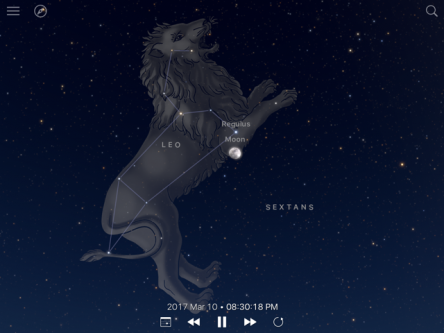
Mar 10 – The waxing gibbous moon is just below Regulus, the brightest star in the constellation of Leo the Lion. Regulus also marks the end of an asterism within the constellation knows as “The Sickle”. An asterism is an unofficial pattern of stars made up from the stars of one or more constellations. The curve in the sickle also outlines the lion’s head and mane. You may want to look for this asterism on evenings when there is no bright moon.
• Mar 12 – The moon becomes full at 9:54 AM CDT. Daylight Savings Time begins so make sure to set your clock ahead by one hour.
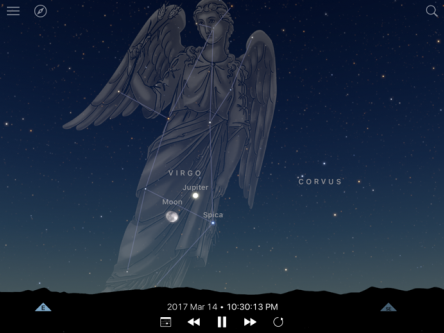
• Mar 14 –The waning gibbous moon forms a nice triangle with the planet Jupiter and the star Spica during the late evening hours.
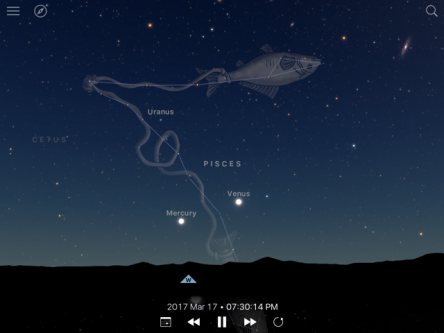
• Mar 17th – Venus and Mercury are only about 9 degrees apart (just a little less than a fist’s width held out at arm’s length) low in the western sky right after sunset.
• Mar 18th – The moon is at apogee (the point in its orbit where it is the most distant from Earth), 251,438 miles away at 12:25 PM CDT
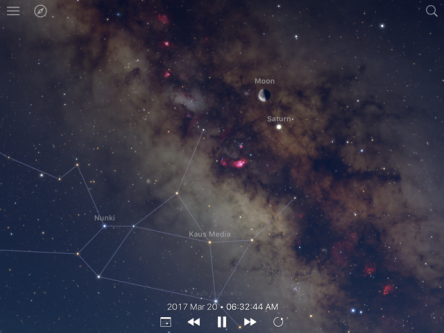
Mar 20th – The Vernal Equinox occurs at 5:29 AM CDT. At this time the Sun crosses the celestial equator (the imaginary projection of Earth’s equator out into space), moving from south to north. Day and night are roughly equal in length (but not entirely so).
The moon is at last quarter, look for it in the pre-dawn sky just two and a half degrees above the planet Saturn.
Mar 27th – The new moon occurs at 9:57 CDT
Mar 30th – The moon is at perigee (the point in its orbit where it is closest to Earth), 226,088 miles away, at 7:32 AM CDT
Mar 31st – The waxing crescent moon is near the Hyades star cluster in Taurus the Bull
